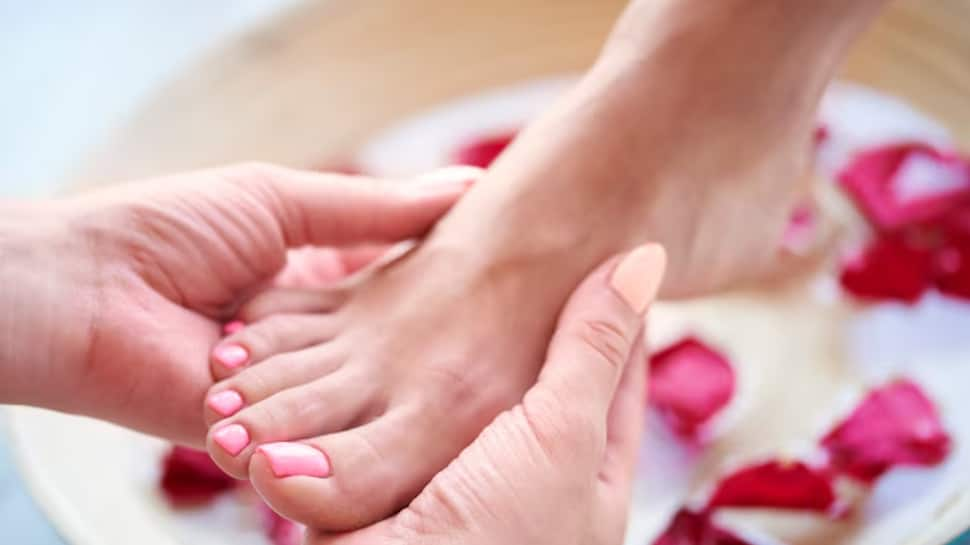Why Foot Care is Essential During Monsoon: The monsoon months create a warm and moist environment, exactly what bacteria and fungi love. Constant exposure to rainwater, puddles, and damp socks can lead to skin irritation, athlete’s foot, fungal nail infections, and even painful blisters. Neglecting foot hygiene now can mean weeks of discomfort later.
1. Keep Feet Dry as Much as Possible
Moisture is the enemy when it comes to healthy feet. After coming home from outside, wash your feet with mild soap and lukewarm water, and dry thoroughly, especially between the toes. This simple step can prevent fungal growth.
2. Choose Open-Toed or Waterproof Footwear
Closed shoes trap moisture, making infections more likely. Opt for sandals, floaters, or waterproof shoes during the rainy season. Avoid leather footwear as it gets damaged and harbors bacteria when wet.
3. Change Socks Frequently
If you must wear socks, choose breathable cotton or moisture-wicking materials. Always carry an extra pair in your bag and change them if they get damp, even slightly. Wet socks are an open invitation for fungal infections.
4. Avoid Walking Barefoot Outdoors
Rainwater on roads and pavements often contains harmful bacteria, parasites, and debris. Walking barefoot not only risks cuts but also makes it easier for infections to enter your skin.
5. Regular Exfoliation to Prevent Dead Skin Build-Up
Damp conditions make dead skin soften and peel, which can cause cracks and allow germs in. Exfoliate once or twice a week using a pumice stone or gentle scrub to keep your feet smooth and healthy.
6. Use Antifungal Powder or Foot Spray
Applying antifungal powder before stepping out can help absorb moisture and prevent fungal growth. A good foot spray can also provide a protective layer against infections.
7. Trim Toenails Properly
Keep toenails short and clean to prevent dirt, mud, and germs from getting trapped. Avoid cutting them too deep to reduce the risk of ingrown toenails.
8. Disinfect Footwear Regularly
Dry your shoes completely before wearing them again. Sunlight is the best natural disinfectant, but if that’s not possible, wipe shoes with an antibacterial solution or spray to kill harmful germs.
9. Moisturise, But Smartly
While keeping feet dry is important, overly dry skin can crack and let in infections. Moisturise only at night and avoid applying lotion between the toes where moisture can linger.
10. Watch Out for Warning Signs
Redness, itching, foul odor, swelling, or small sores are early signs of infection. Don’t ignore them, start treatment immediately with an antifungal cream, and if symptoms persist, consult a doctor.
Foot infections during the rainy season are preventable with simple hygiene habits and smart footwear choices. A little extra care now can save you from weeks of itching, discomfort, and treatment later.
(This article is meant for informational purposes only and must not be considered a substitute for advice provided by qualified medical professionals.)

